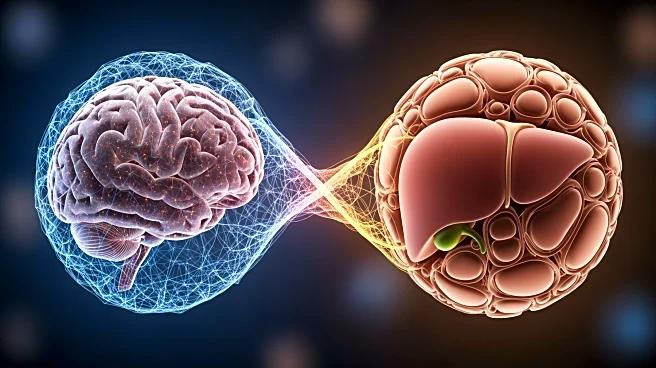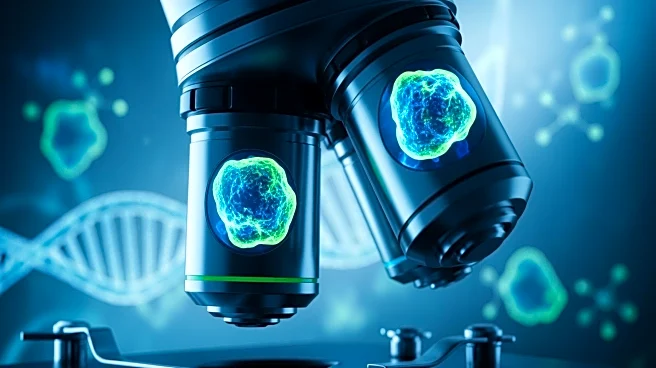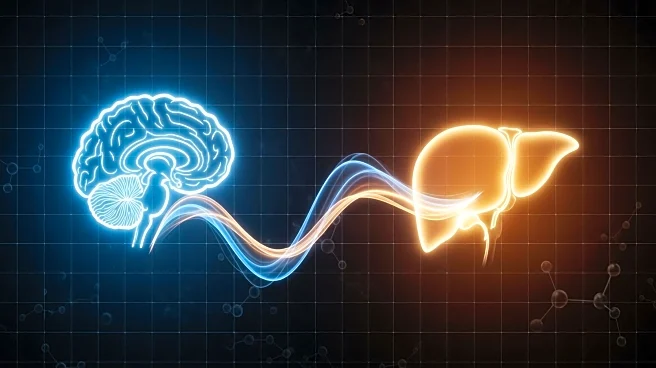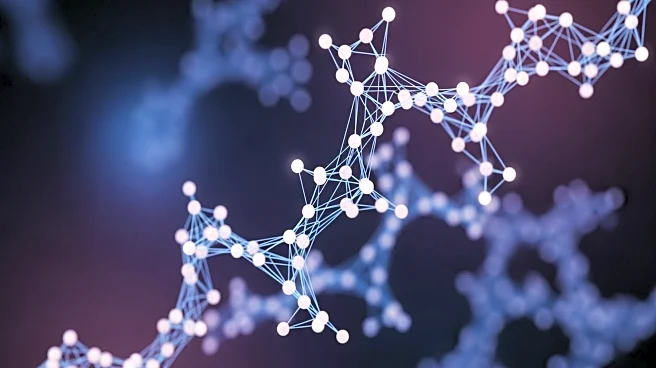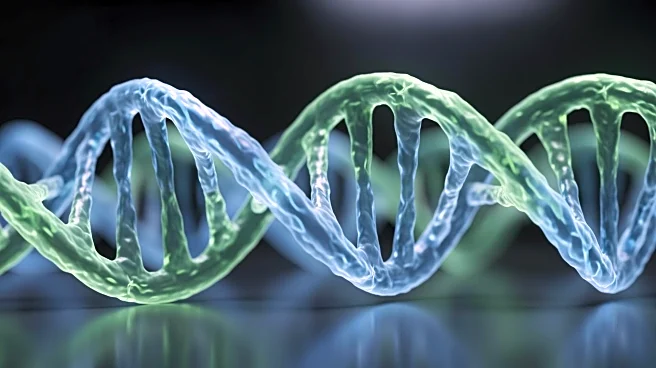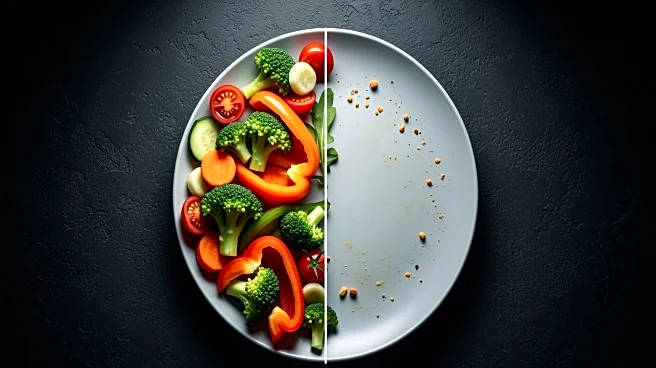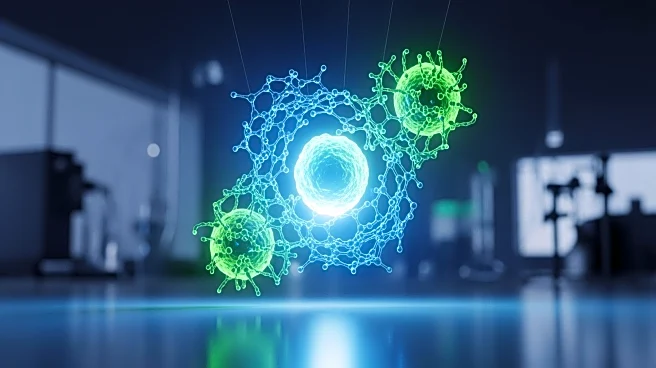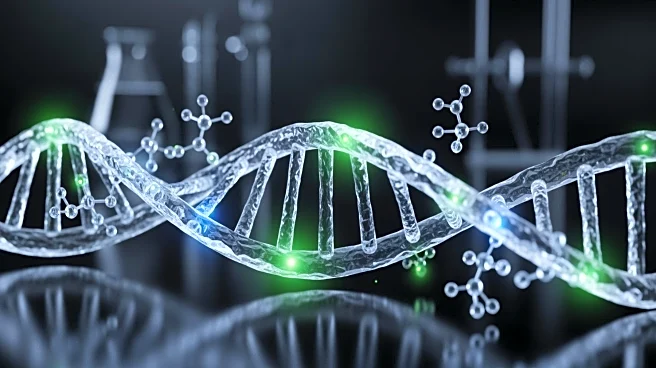What's Happening?
A recent study has highlighted the prognostic significance of the brain-to-liver glucose ratio (B2LR) in patients undergoing CAR-T cell therapy for non-Hodgkin lymphoma (NHL). The research involved 157
patients with various types of NHL, including diffuse large B-cell lymphoma (DLBCL) and follicular lymphoma (FL). The study found that a B2LR of less than or equal to 2.5 is associated with poorer progression-free survival (PFS) and overall survival (OS) outcomes. The B2LR is calculated using PET/CT imaging, which measures glucose uptake in the brain compared to the liver. This ratio serves as a predictive tool for identifying patients at higher risk of early disease progression and poor response to CAR-T therapy. The study suggests that B2LR, along with lactate dehydrogenase (LDH) levels, can be used to stratify patients' risk and guide treatment decisions.
Why It's Important?
The findings of this study are significant for the medical community as they provide a simple and effective method to predict the outcomes of CAR-T therapy in NHL patients. By identifying patients with a B2LR of less than or equal to 2.5, healthcare providers can better assess the likelihood of treatment success and potentially adjust therapeutic strategies. This could lead to more personalized treatment plans and improved patient management. The study also emphasizes the importance of PET/CT imaging in evaluating tumor metabolic activity, which can inform prognosis and treatment efficacy. As CAR-T therapy becomes more widely used, these insights could enhance clinical decision-making and improve survival rates for NHL patients.
What's Next?
The study suggests further research to validate the use of B2LR as a prognostic tool in larger cohorts and across different types of lymphoma. Additionally, integrating B2LR assessment into routine clinical practice could be explored to optimize treatment strategies for NHL patients. Healthcare providers may consider using B2LR alongside other established prognostic factors to refine risk stratification and treatment planning. As CAR-T therapy continues to evolve, ongoing studies may focus on enhancing imaging techniques and exploring additional biomarkers to improve patient outcomes.
